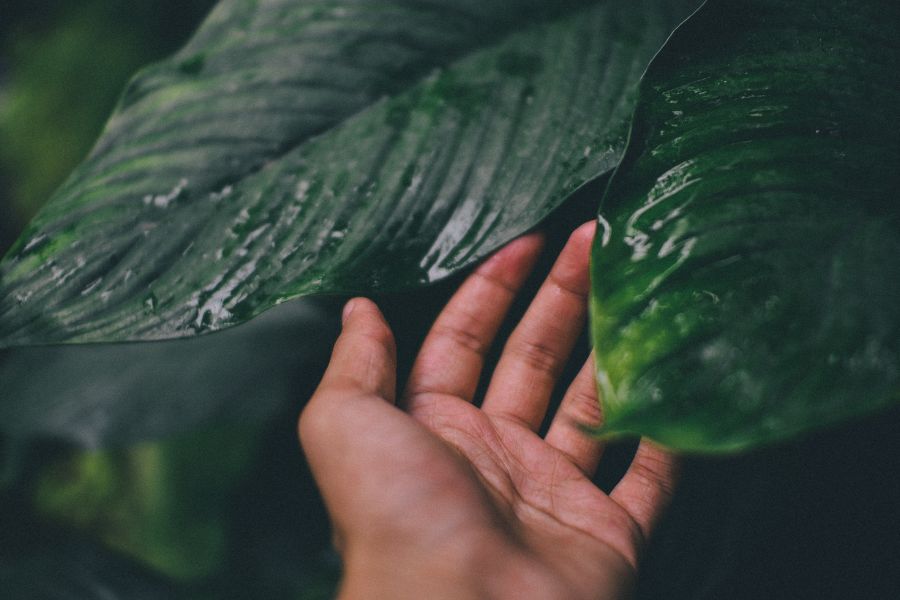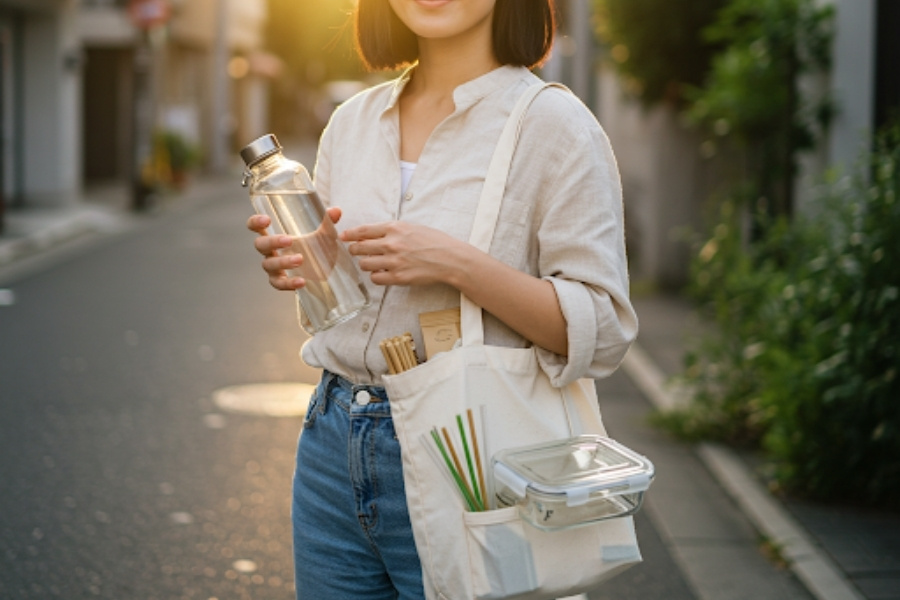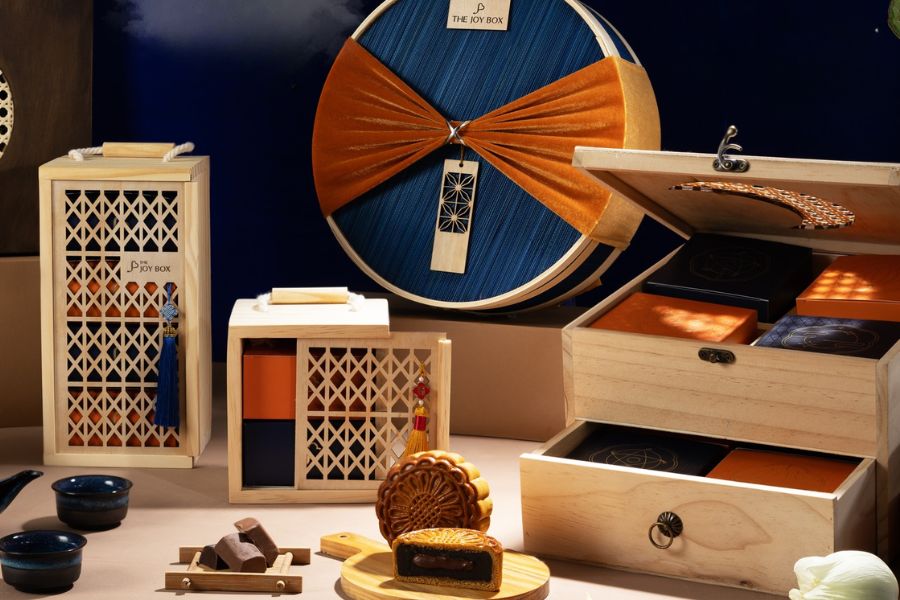- Oct 19, 2022
Small Changes, Big Impact: Home Recycling and Upcycling Tips
Recycling and upcycling old items are usually thought of as activities that take place in large manufacturing plants. However, there are plenty of ways to recycle and upcycle right in your own home.
A simple way to start recycling is by setting aside a separate bin for recyclable materials. You can also upcycle old clothes by donating them to local thrift stores or turning them into a cozy quilt. Home recycling can be as easy as refurbishing old furniture or transforming an old T-shirt into a reusable shopping bag. By recycling and upcycling at home, you can give new life to items you no longer use and help reduce environmental impact.

What's the Difference Between Upcycling and Recycling?
Recycling involves extending the life of a product by reusing and refurbishing it within the same product category. Upcycling, on the other hand, means turning old materials into new, different products or materials, expanding their usefulness.
Sometimes these definitions can get mixed up (at least for me), but both methods create a new life for items that would otherwise go to waste. We can reuse tin cans, glass bottles, and other materials to save Earth's resources.
Recycling Aluminum Cans
Did you know that recycling one aluminum can saves enough energy to power a TV for three hours? Recycling aluminum cans is a fantastic way to conserve energy and reduce environmental stress. With a bit of creativity, you can think of many other recycling ideas for aluminum cans, such as making cookie cutters, candle holders, herb planters, pencil holders, coin boxes, and more.
Recycling Plastic
While not a new concept, according to research from National Geographic, 90% of plastic waste is not recycled. Plastic waste is a problem we face daily.
So why is only 10% of plastic recycled? Because not all plastics can be recycled easily. For example, plastic bags, straws, and paper cups are not recyclable! The best approach is to reduce the use of single-use plastics. You can use fabric tote bags for shopping, natural material straws (like reed or bamboo), thermal cups, and fabric cup sleeves instead of taking plastic ones from stores. Living a greener life without relying on plastic is easier than you think.

Recycling Glass
Glass recycling is a great way to express your creativity. You can use glass bottles to make cute candy jars, wall-mounted containers, insect jars, candle holders, liquid soap dispensers, or herb gardens. With a little effort, you'll find many great ideas for recycling glass.
Recycling Paper
Did you know that recycling paper is very easy to do? Recycling paper at home is a way to reduce environmental stress. You can create an art poster using images from old fashion magazines.

Recycling Food Waste
Food waste accounts for about one-third of city trash. It is a significant environmental issue. Food waste can be recycled into compost or animal feed. You can compost with worms at home, even in an apartment. By composting or feeding worms with organic waste, you can recycle food scraps into nutritious fertilizer. If you live in the suburbs, you can feed chickens, pigs, or goats with household leftovers.
Recycling Fabrics

Old clothes can be challenging to recycle. The best approach is to turn old clothes into other items to extend the material's life. Don't worry! You can find many ideas for recycling old jeans, hoodies, or dresses with a bit of sewing experience. Fashion recycling is a way to reduce waste in the environment.

Reselling Electronics
Don't throw away electronic devices, as they may still have value. You can donate old electronics or sell them on Facebook for a bit of cash. Reselling old devices supports sustainable living. Give it a try! You probably have a few or many electronic devices you haven't used in over 12 months.
In Conclusion...
Recycling is an effective way to turn waste into valuable, useful products. With the growing awareness of a green planet, recycling is becoming more creative and important. You can also join the local creative recycling team to help protect the Earth.











